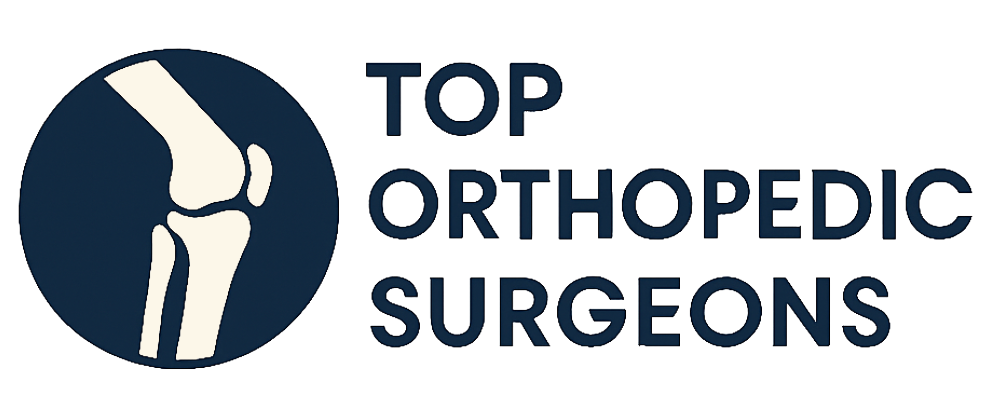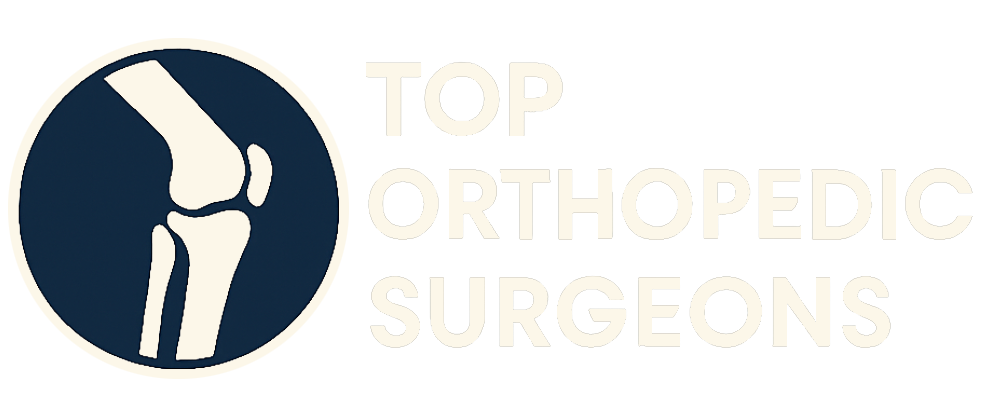Osteoarthritis (OA) is a prevalent and often debilitating joint condition that affects millions of people worldwide. It is characterized by the gradual breakdown of cartilage, the smooth, protective tissue that cushions the ends of bones in a joint. As cartilage deteriorates, bones rub against each other, leading to pain, stiffness, and reduced range of motion. Understanding the intricacies of osteoarthritis, from its symptoms and diagnosis to available treatments and management strategies, is crucial for empowering individuals to take control of their joint health and improve their overall quality of life.
What is Osteoarthritis?
Osteoarthritis is a degenerative joint disease and the most common form of arthritis. It primarily affects weight-bearing joints such as the knees, hips, and spine, but can also occur in other joints like the hands and feet. Unlike some other forms of arthritis that are caused by autoimmune disorders, osteoarthritis typically results from a combination of factors, including age, genetics, joint injury, and obesity. The progressive loss of cartilage leads to inflammation and pain, impacting daily activities and overall well-being.
The Role of Cartilage
Cartilage plays a vital role in joint function by providing a smooth, low-friction surface that allows bones to glide easily over each other. It also acts as a shock absorber, protecting the underlying bone from impact and pressure. In a healthy joint, cartilage is constantly being broken down and rebuilt in a balanced process. However, in osteoarthritis, this balance is disrupted, leading to a net loss of cartilage. This deterioration can be caused by various factors, including mechanical stress, inflammation, and genetic predisposition.
Risk Factors for Osteoarthritis
Several factors can increase the risk of developing osteoarthritis. Age is one of the most significant risk factors, as the prevalence of OA increases with age. Genetics can also play a role, as individuals with a family history of OA are more likely to develop the condition themselves. Joint injuries, such as fractures or ligament tears, can damage cartilage and increase the risk of OA later in life. Obesity places extra stress on weight-bearing joints, accelerating cartilage breakdown. Other risk factors include repetitive joint use, certain medical conditions, and anatomical abnormalities.
Recognizing the Symptoms of Osteoarthritis
The symptoms of osteoarthritis can vary depending on the affected joint and the severity of cartilage damage. Common symptoms include pain, stiffness, swelling, and reduced range of motion. Pain is often the most prominent symptom, and it may worsen with activity and improve with rest. Stiffness is typically most noticeable in the morning or after periods of inactivity. Swelling may occur around the affected joint, and the joint may feel tender to the touch. As cartilage deteriorates, individuals may experience a grating or clicking sensation in the joint, known as crepitus. In advanced cases, bone spurs may form around the joint, further limiting movement and causing pain.
Common Symptoms: A Detailed Look
- Pain: The hallmark of osteoarthritis, pain can range from mild to severe and may be intermittent or constant. It is often described as a deep, aching pain that worsens with activity.
- Stiffness: Joint stiffness is common, especially in the morning or after periods of inactivity. It may last for a few minutes or up to half an hour.
- Swelling: Inflammation around the affected joint can cause swelling, making the joint feel warm and tender to the touch.
- Reduced Range of Motion: As cartilage deteriorates and bone spurs form, the range of motion in the affected joint may become limited.
- Crepitus: A grating or clicking sensation may be felt or heard when moving the joint.
- Bone Spurs: These bony growths can develop around the joint, further limiting movement and causing pain.
When to Seek Medical Attention
It is important to seek medical attention if you experience persistent joint pain, stiffness, or swelling, especially if it interferes with your daily activities. Early diagnosis and treatment can help slow the progression of osteoarthritis and manage symptoms effectively. A healthcare professional can evaluate your symptoms, perform a physical examination, and order imaging tests to determine the extent of cartilage damage and rule out other potential causes of joint pain.
Diagnosing Osteoarthritis
Diagnosing osteoarthritis typically involves a combination of a physical examination, medical history review, and imaging tests. During the physical examination, a healthcare professional will assess the affected joint for pain, tenderness, swelling, and range of motion. They may also ask about your symptoms, medical history, and any risk factors for OA. Imaging tests, such as X-rays and MRI scans, can provide detailed images of the joint and help determine the extent of cartilage damage and the presence of bone spurs.
Physical Examination
The physical examination is an important part of the diagnostic process. The healthcare professional will carefully examine the affected joint, looking for signs of inflammation, swelling, and tenderness. They will also assess the range of motion in the joint and listen for crepitus. The physical examination can help differentiate osteoarthritis from other conditions that may cause joint pain, such as rheumatoid arthritis or bursitis.
Imaging Tests
Imaging tests play a crucial role in diagnosing osteoarthritis and determining the severity of cartilage damage. X-rays are commonly used to visualize the bones in the joint and identify bone spurs. MRI scans provide more detailed images of the soft tissues, including cartilage, ligaments, and tendons. MRI scans can help detect early cartilage damage that may not be visible on X-rays. In some cases, other imaging tests, such as ultrasound or bone scans, may be used to further evaluate the joint.
Ruling Out Other Conditions
It is important to rule out other conditions that may cause joint pain, such as rheumatoid arthritis, lupus, or gout. Blood tests may be ordered to check for markers of inflammation or autoimmune disorders. Joint aspiration, a procedure in which fluid is removed from the joint and examined under a microscope, may be performed to rule out infection or crystal-induced arthritis.
Exploring Treatment Options for Osteoarthritis
While there is no cure for osteoarthritis, various treatment options can help manage symptoms, improve joint function, and enhance overall quality of life. Treatment approaches typically involve a combination of non-pharmacological and pharmacological interventions, as well as surgical options in severe cases. The specific treatment plan will depend on the individual’s symptoms, the severity of cartilage damage, and overall health status.
Non-Pharmacological Treatments
Non-pharmacological treatments are often the first line of defense in managing osteoarthritis symptoms. These approaches focus on lifestyle modifications, exercise, and physical therapy to improve joint function and reduce pain. Common non-pharmacological treatments include:
- Exercise: Regular exercise is crucial for maintaining joint health and improving strength and flexibility. Low-impact exercises, such as walking, swimming, and cycling, are often recommended.
- Physical Therapy: A physical therapist can develop a personalized exercise program to strengthen the muscles around the affected joint, improve range of motion, and reduce pain.
- Weight Management: Losing weight can reduce stress on weight-bearing joints, slowing the progression of OA and relieving symptoms.
- Assistive Devices: Using assistive devices, such as canes, walkers, or braces, can help reduce stress on the affected joint and improve mobility.
- Heat and Cold Therapy: Applying heat or cold packs to the affected joint can help relieve pain and stiffness.
Pharmacological Treatments
Pharmacological treatments can help manage pain and inflammation associated with osteoarthritis. Over-the-counter pain relievers, such as acetaminophen and nonsteroidal anti-inflammatory drugs (NSAIDs), are commonly used to relieve mild to moderate pain. Prescription NSAIDs may be prescribed for more severe pain. Corticosteroid injections can be administered directly into the joint to reduce inflammation and pain. In some cases, other medications, such as opioids or antidepressants, may be used to manage chronic pain.
- Over-the-Counter Pain Relievers: Acetaminophen and NSAIDs can help relieve mild to moderate pain.
- Prescription NSAIDs: Stronger NSAIDs may be prescribed for more severe pain.
- Corticosteroid Injections: These injections can reduce inflammation and pain in the affected joint.
- Hyaluronic Acid Injections: These injections can lubricate the joint and reduce pain.
- Topical Pain Relievers: Creams and gels containing NSAIDs or capsaicin can be applied directly to the skin over the affected joint to relieve pain.
Surgical Options
Surgical options may be considered when non-surgical treatments are no longer effective in managing pain and improving joint function. Common surgical procedures for osteoarthritis include:
- Arthroscopy: A minimally invasive procedure in which a surgeon inserts a small camera and instruments into the joint to repair or remove damaged tissue.
- Joint Replacement: A procedure in which the damaged joint is replaced with an artificial joint made of metal, plastic, or ceramic.
- Osteotomy: A procedure in which a bone is cut and reshaped to relieve pressure on the affected joint.
Strategies for Managing Osteoarthritis
Managing osteoarthritis effectively involves a multifaceted approach that combines medical treatments with lifestyle modifications and self-care strategies. By actively participating in your care and adopting healthy habits, you can minimize symptoms, improve joint function, and enhance your overall quality of life.
Lifestyle Modifications
Making lifestyle modifications is essential for managing osteoarthritis. Maintaining a healthy weight can reduce stress on weight-bearing joints, slowing the progression of OA and relieving symptoms. Regular exercise, including low-impact activities like walking, swimming, and cycling, can strengthen the muscles around the affected joint, improve range of motion, and reduce pain. A balanced diet rich in fruits, vegetables, and whole grains can help reduce inflammation and support joint health.
Self-Care Strategies
Self-care strategies can play a significant role in managing osteoarthritis symptoms. Applying heat or cold packs to the affected joint can help relieve pain and stiffness. Using assistive devices, such as canes, walkers, or braces, can help reduce stress on the affected joint and improve mobility. Practicing relaxation techniques, such as yoga or meditation, can help reduce stress and improve overall well-being. Getting enough sleep is crucial for managing pain and inflammation.
The Importance of a Support System
Living with osteoarthritis can be challenging, both physically and emotionally. Having a strong support system of family, friends, and healthcare professionals can make a significant difference in coping with the condition. Support groups can provide a safe and supportive environment for sharing experiences and learning from others. Talking to a therapist or counselor can help manage stress, anxiety, and depression associated with chronic pain.
Living Well with Osteoarthritis
While osteoarthritis can present challenges, it is possible to live a full and active life with the condition. By understanding the symptoms, treatment options, and management strategies, you can take control of your joint health and improve your overall well-being. Remember to work closely with your healthcare team to develop a personalized treatment plan that meets your specific needs and goals. With proper care and support, you can minimize the impact of osteoarthritis on your life and maintain an active and fulfilling lifestyle.
Empowering yourself with knowledge about osteoarthritis is the first step toward proactively managing your joint health and improving your quality of life. Remember, you are not alone, and there are many resources available to help you navigate the challenges of living with this condition. By adopting a proactive approach to your care and focusing on healthy lifestyle habits, you can minimize symptoms, improve joint function, and live a more active and fulfilling life.


